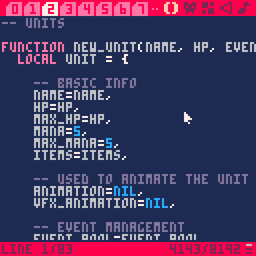JavaScript is like the Swiss Army knife of the web. It started as a simple tool for adding interactive elements to web pages but has grown into something much bigger.
Let's take a closer look at what makes JavaScript so special and why it's everywhere on the web. JavaScript's journey began in the mid-1990s when Netscape Communications sought to add interactivity to its web browser, Navigator.
Originally dubbed LiveScript, it was later rebranded as JavaScript to capitalize on the popularity of Java. Around the same time, Microsoft introduced JScript, its own version of the language, further solidifying JavaScript's status as the de facto scripting language for the web.
Over the years, JavaScript underwent significant evolution, with the release of ECMAScript standards bringing new features and enhancements to the language.
Javascript Timeframe
From ES5 to ES6 (also known as ECMAScript 2015) and beyond, each iteration introduced improvements that made JavaScript more expressive, efficient, and enjoyable to work with.
As JavaScript continues to evolve, staying abreast of the latest language features and best practices is essential for developers.
Key advancements introduced in recent ECMAScript versions include arrow functions, template literals, destructuring assignments, and the spread operator, among others.
Moreover, modern JavaScript development often involves the use of transpilers like Babel, which enable developers to write code using the latest ECMAScript features and compile it into a compatible version for older browsers.

This ensures cross-browser compatibility while leveraging the latest language innovations.
The future of JavaScript looks brighter than ever, with ongoing advancements in language design, tooling, and ecosystem growth.
As web technologies continue to evolve and new paradigms emerge, JavaScript remains at the forefront of innovation, driving the evolution of the web and shaping the digital experiences of tomorrow.

